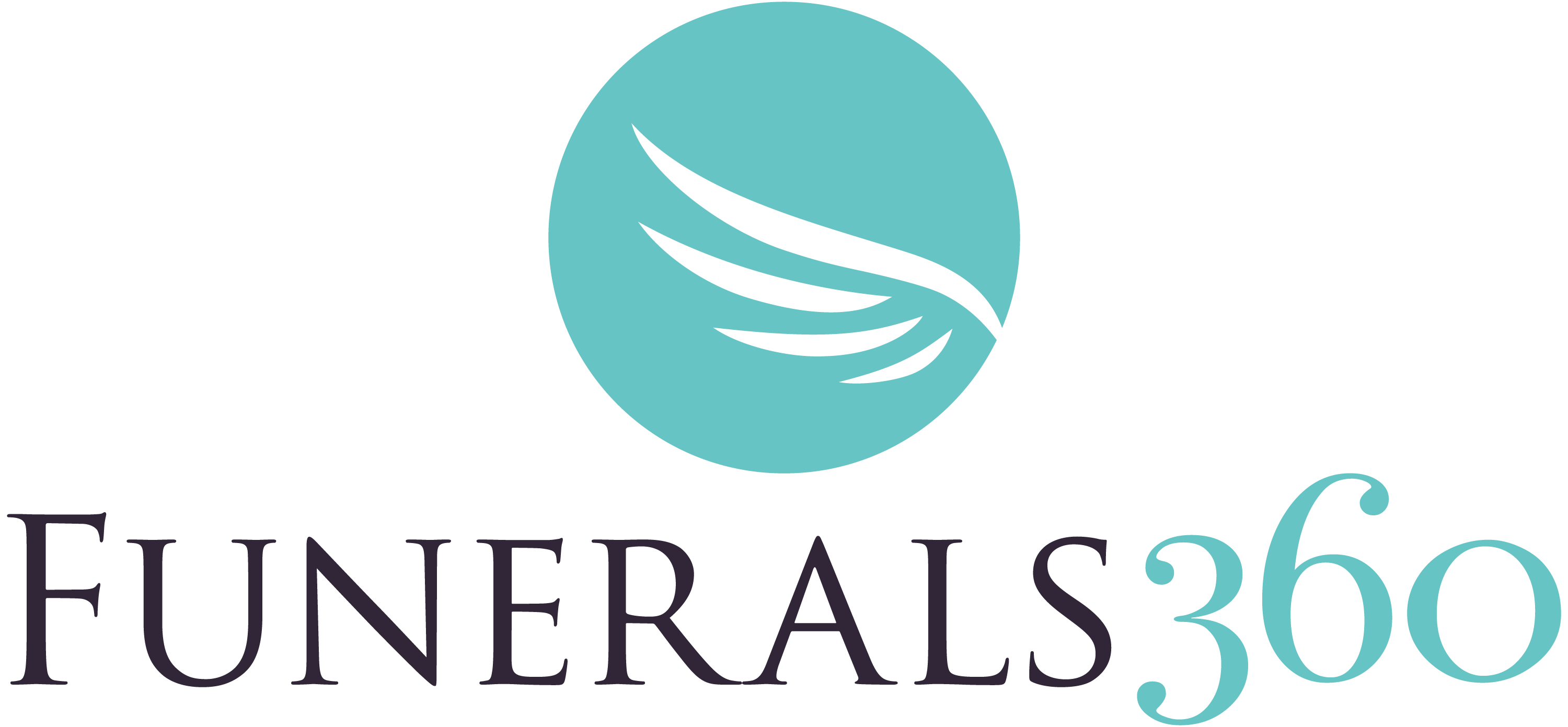The hours and days following a loved one’s death can be extremely difficult. Though the loved ones of the decedent may be struggling emotionally to accept the loss, they must also begin taking the first steps of the funeral process.
One of the first steps in the process, from a practical standpoint, is the pickup of the deceased person’s body itself. In the funeral industry, this is called a “removal.” Depending on the circumstances, removal costs typically range from $125 to $500, with the higher end typically for situations that require additional staff members and/or holidays. Therefore, understanding the different types of removals can help families better prepare themselves for the procedures and related expenses that come next.
So whether you are planning ahead for yourself or a loved one, or a death has recently occurred, here’s what you can expect from three of the most common types of removals.
Removing a Deceased Individual From: a Private Residence
It’s important to understand that house removals are fundamentally different than removals from a nursing home or hospital. From a practical standpoint, house removals typically involve obstacles that take more than one person to overcome (like stairs, furniture, narrow doorways, etc). Therefore, while a nursing home or hospital removal generally only requires one party, a house removal may require two or more, depending on the type of home and location of the decedent within that home. This makes “house calls” generally more costly than any other type of removal.
Further, in most situations where the death is unexpected, families will have to call 911 and have a medical professional come to the house to complete a pronouncement of death before a funeral home can come and pick up the deceased individual. Otherwise, if someone is under hospice care at home, a nurse or doctor may already be on hand to make the pronouncement.
Removing a Deceased Individual From: a Hospital
If a death occurs at a hospital, a family can expect the following procedures:
-
Someone in the hospital will complete a Pronouncement of Death Form.
-
As required by federal law, the person completing the form will talk to an organ procurement team.
-
The hospital may make arrangements with the selected funeral home for the decedent’s remains to be transferred to the facility. In the meantime, the family will have time to say their goodbyes and the remains may get transferred to the hospital morgue, if appropriate.
Hospital removals are more routine, and hospitals are already set up to have everything needed to facilitate a removal, so they tend to be less expensive than a home removal. Families still have time to say goodbye and the hospital staff and funeral home take care of the rest.
Removing a Deceased Individual From: a Nursing Home
Nursing home removals function very similarly to hospital removals. A member of a nursing home staff will arrange for an immediate pickup with the funeral home after completing the appropriate paperwork. Again, nursing homes are set up to be able to facilitate these activities, and therefore removals from a nursing home tend to be similar in cost to hospital calls.
Many nursing homes have policies that make for arrangements as a part of the initial registration process, so it is usually a good idea to review those policies if you are able to recognize when a death is approaching.
The removal of a deceased individual from their place of passing is one of the first steps in what can be an emotional and somewhat scary funeral planning process. Funerals360 offers a free Funeral Planning Checklist to help you keep track of everything that needs to be done, as well as a local vendor search function and other funeral planning resources (all free) to assist you throughout the funeral process.





